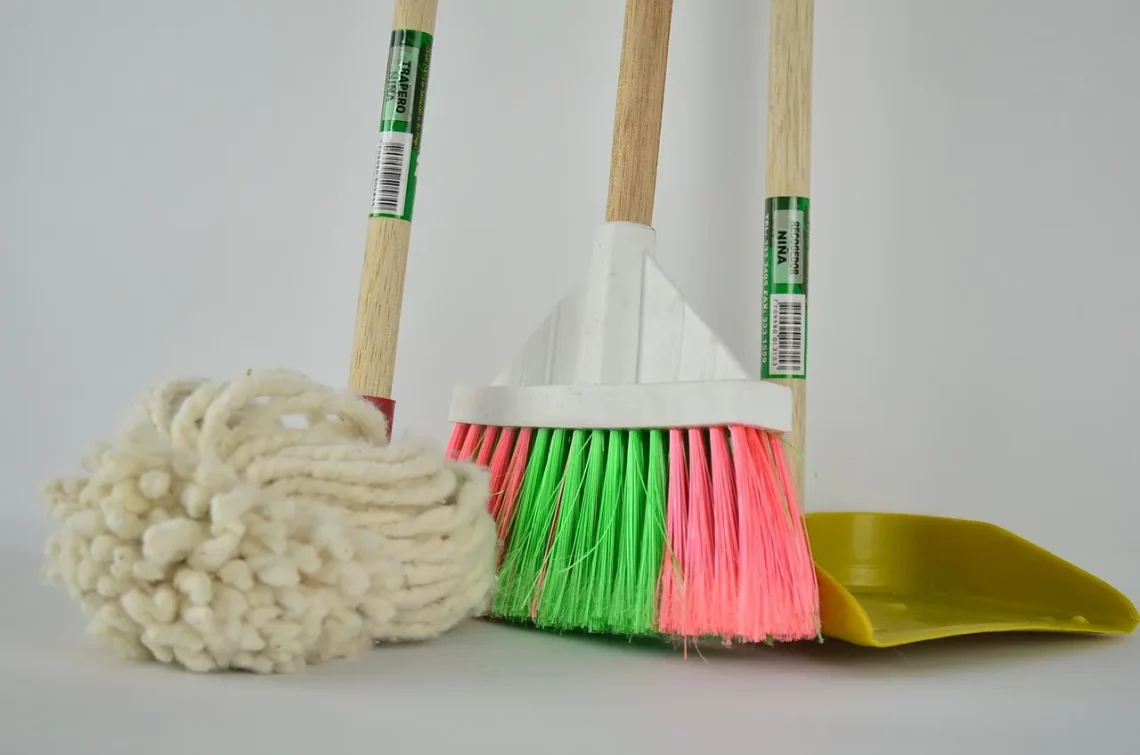
Effective Ways to Remove Vomit Smell from Your Couch
Dealing with unpleasant odors in your home can be a challenging task, especially when it comes to something as stubborn as vomit smell. This issue can arise unexpectedly, whether due to a pet mishap or an unfortunate incident involving a child. Couches, being one of the most comfortable and frequently used pieces of furniture, often bear the brunt of such accidents. The fabric absorbs not only the physical remnants but also the lingering scents that can permeate a room.
The removal of vomit odors is crucial not just for maintaining a pleasant living environment but also for hygiene reasons. An odor can indicate bacteria that, if left untreated, could lead to more severe issues. Tackling the smell promptly and effectively is essential to ensure that your couch remains a safe and inviting place for family and guests alike.
There are various methods to address this problem, ranging from natural solutions to commercial cleaning products. The key is to act quickly, as the longer the smell lingers, the harder it becomes to eliminate. Understanding the materials of your couch and the nature of the stain can also guide you in choosing the most effective cleaning method. Whether you prefer DIY approaches or store-bought solutions, there are ample strategies to restore your couch to its original state and eliminate those unwanted odors.
Immediate Action: Cleaning Up the Spill
When dealing with vomit on your couch, immediate action is critical. The first step is to address the mess before it has a chance to set in. Use a pair of gloves for hygiene purposes, and carefully scrape off any solid matter with a spoon or a dull knife. Be gentle to avoid pushing the material deeper into the fabric. Once the bulk of the vomit has been removed, grab some paper towels or a clean cloth to blot the area.
Blotting is essential because it helps to absorb any remaining liquid without rubbing it in further. Start from the outer edges of the stain and work your way toward the center to prevent spreading. Do not scrub, as this can damage the fabric and exacerbate the odor. After blotting, you should apply a mixture of mild dish soap and lukewarm water. Use a clean cloth to dab this solution onto the stained area, continuing to blot rather than scrub. Rinse the cloth frequently to avoid reapplying the stain.
After cleaning, it’s important to dry the area thoroughly. Use dry towels to blot the wet area again or consider a fan to speed up the drying process. If the couch is made of materials that can tolerate it, placing it in direct sunlight can also help eliminate odors while drying it out. This immediate action will significantly reduce the risk of lingering smells and set the stage for deeper cleaning methods if necessary.
Natural Solutions for Odor Neutralization
Once the initial cleaning is done, you might still notice some residual odor. Natural solutions can be highly effective for neutralizing these unpleasant smells. One of the most popular choices is baking soda, renowned for its odor-absorbing properties. Sprinkle a generous amount of baking soda over the affected area of the couch. Allow it to sit for several hours or, preferably, overnight. Baking soda works by absorbing moisture and odors, and it’s a safe option for most fabrics.
After letting the baking soda sit, vacuum it up using an upholstery attachment to ensure you remove as much of the powder as possible. This method not only helps to eliminate odors but also refreshes the fabric of your couch.
Another excellent natural option is white vinegar. Mix equal parts of white vinegar and water in a spray bottle. Lightly mist the area, avoiding saturation of the fabric, and allow it to air dry. The vinegar smell will dissipate, taking the vomit odor with it. If you prefer a more pleasant scent, adding a few drops of essential oils, such as lavender or tea tree oil, can enhance the cleaning mixture while providing additional antibacterial properties.
Lemon juice is another effective natural cleanser. Its acidity helps break down any lingering particles while leaving a fresh scent behind. Mix lemon juice with water and use a cloth to apply it to the affected area, followed by thorough drying.
Commercial Cleaning Products: A Viable Option
If natural remedies do not fully eliminate the smell, you may want to consider commercial cleaning products designed specifically for upholstery. Look for enzyme-based cleaners, as they break down the organic material in vomit, effectively neutralizing odors. These products are typically safe for various couch materials, but it’s always wise to check the manufacturer’s recommendations before use.
When selecting a commercial cleaner, ensure it is appropriate for the fabric of your couch. For instance, synthetic fibers might require different handling compared to natural fibers. Once you have chosen the right product, apply it according to the instructions, focusing on the affected area.
Some products may require you to let them sit for a specific duration to allow the enzymes to work effectively. After this period, blot the area with a clean, damp cloth to remove any residue and odor. It’s important to follow up with a thorough drying process, whether by air drying or using fans, to ensure that no moisture remains, which can lead to mildew.
Additionally, consider investing in fabric protectants that can help repel stains and odors in the future. These products create a barrier on the fabric, making it easier to clean up spills and preventing them from penetrating deeply.
Preventive Measures for Future Incidents
After successfully removing vomit odors from your couch, it’s wise to implement preventive measures to minimize the likelihood of future incidents. One effective strategy is to establish designated eating areas, especially for children or pets. By keeping food and drinks in certain places, you reduce the risk of spills on your couch.
Regular maintenance of your couch is also crucial. Vacuuming weekly can help remove dust and debris, but it also helps keep your fabric fresh. Use an upholstery attachment to reach crevices where food particles may hide.
Consider using slipcovers for your couch, which can be easily removed and washed in case of spills. Slipcovers offer an extra layer of protection and can be a stylish addition to your decor.
Lastly, educating your family and guests about proper couch etiquette can go a long way. Encourage them to avoid eating or drinking on the couch and to be mindful of any potential spills. This proactive approach can save you from dealing with unpleasant odors in the future, allowing your couch to remain a comfortable and inviting space for all.
In conclusion, dealing with vomit smells on your couch can be a daunting task, but with immediate action, natural remedies, and commercial products, you can restore your couch to its original state. Remember that prevention is as important as treatment, and by implementing some simple strategies, you can minimize future accidents and maintain a fresh living environment.
**Disclaimer:** This article is for informational purposes only and should not be considered medical advice. Always consult with a healthcare professional for any health-related issues or concerns.




